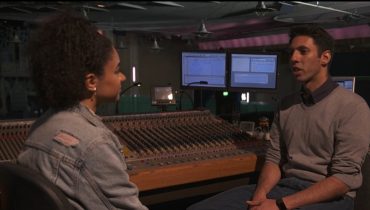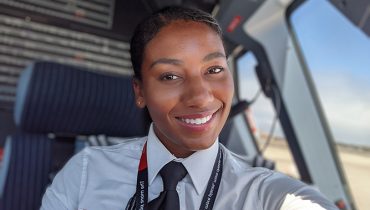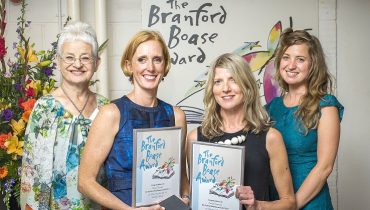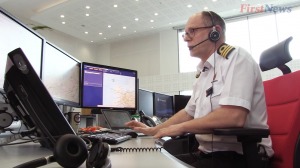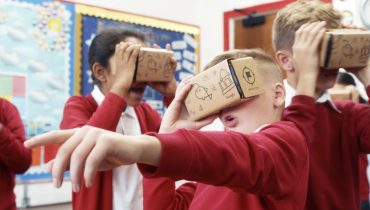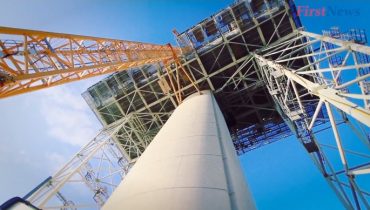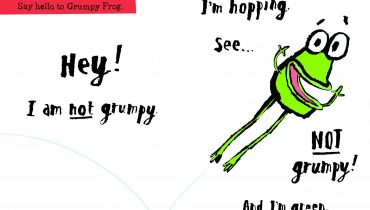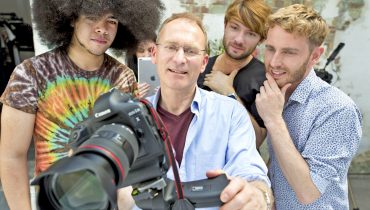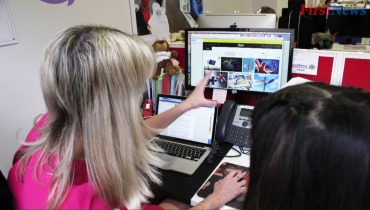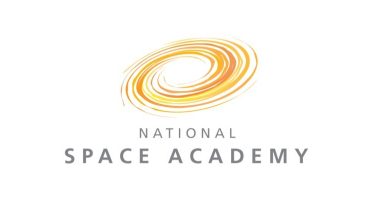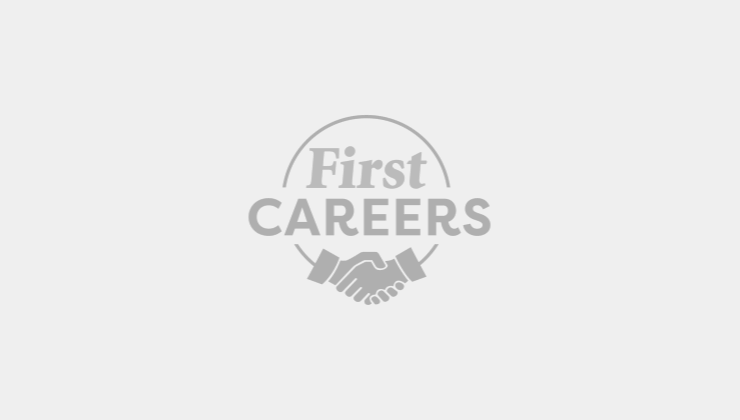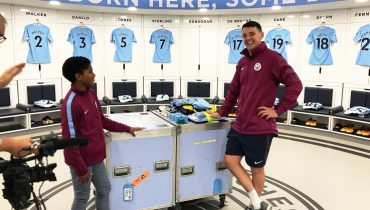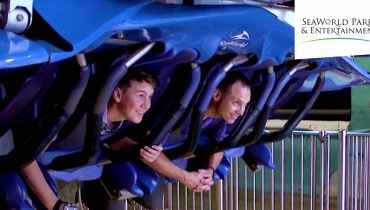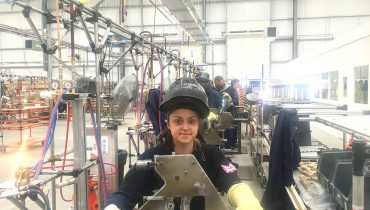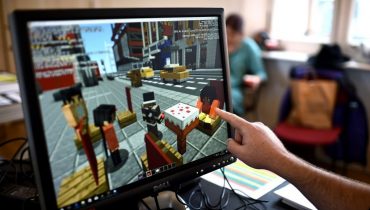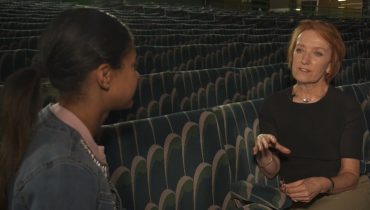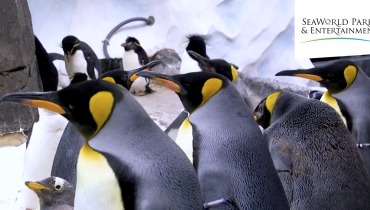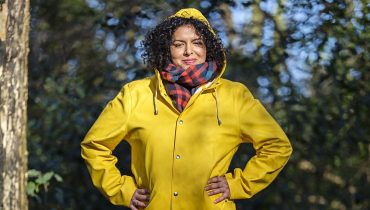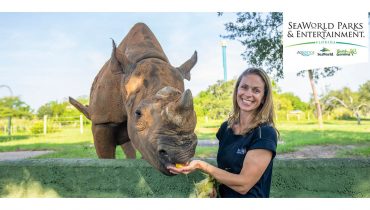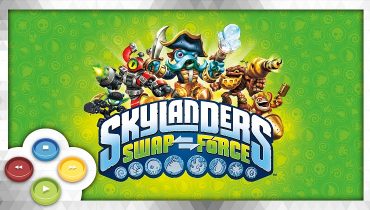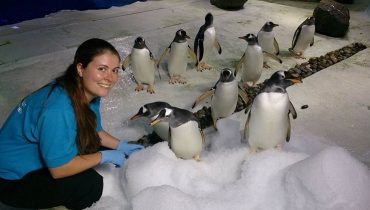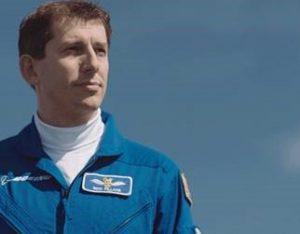
Rich has one of the most exciting jobs we can imagine – he’s a test pilot, which means he gets to fly new planes and helicopters, and tries out new technology for existing aircraft! He works for Boeing, the company that created the Boeing 747, the original ‘jumbo jet’. Chocks away, and prepare for questions.
What is your name?
Rich Pillans.
What is your job title?
Chief test pilot for Boeing in the UK.
How did you get your job?
I learned to fly aeroplanes at 16 years old while still at school. I went on to study engineering at university, then joined the Army to fly helicopters, and after a while became a test pilot. My career has been varied, including some time as an infantry officer where I learned a lot about leading people. I made job choices that would let me do as many different things as possible; gaining experience on several aircraft types set me up well to join Boeing as the chief test pilot.
What do you love about your job?
The most rewarding thing about my job is that it continues to be diverse and challenging. For instance, I fly Chinook helicopters to develop new autopilots, making the aircraft safer and more capable for the Royal Air Force on operations around the world. I also help my team members test scale models of brand-new Boeing airliners in a wind tunnel in Hampshire, and I am on the Flying Display Committee of the Farnborough International Airshow, helping UK companies showcase their products to the world.
What’s difficult about your job?
The difficult elements are the ones I love the most! Overcoming the technical challenges of flying an aircraft with brand-new autopilot software, including managing the unknown, is very rewarding. Sometimes it is difficult to focus on the details to make sure the flying is safe, while also maintaining a big-picture view to ensure we are all moving towards the desired end-state. All the challenges of the job are made easier (and more rewarding) when working with a professional team of aircrew, engineers and support staff.
What skills do you need?
The most successful test pilots are able to draw on their flying experience, a STEM education, and their interpersonal skills, which are needed for working in teams. The days of one person being the aircraft designer, manufacturer and test pilot disappeared soon after the Wright brothers; today’s aerospace innovation is very much a team effort. The test pilot must be able to fly the aircraft, but also feed back to the design engineers (in engineering language) where improvements can be made.
What school subjects are important?
All STEM subjects will prepare you for test flying, but the most applicable would be design, technology and engineering. I studied avionics systems engineering at university – an invaluable skill given modern aircraft are highly automated. Sometimes forgotten when designing aircraft is the need for artistic excellence; the finest aircraft fly well, but they are also aesthetically pleasing [beautiful]!
Where should young people start if they want to do the job, too?
Build your STEM knowledge and learn to fly. You’ll quickly identify which type of flying interests you most (aeroplanes, helicopters, military, civil, etc).
How do you think your job could change in the future?
The world of test flying looks like it will become more diverse and exciting. Advances in material and automation technology may mean that personal flying machines become affordable, meaning a boom in new aircraft types. With multiple companies creating commercial space transport, there look to be great opportunities for novel space machines. The need for cleaner, more efficient air travel will also push companies to improve their products, so an understanding of global pressures will become more important.


